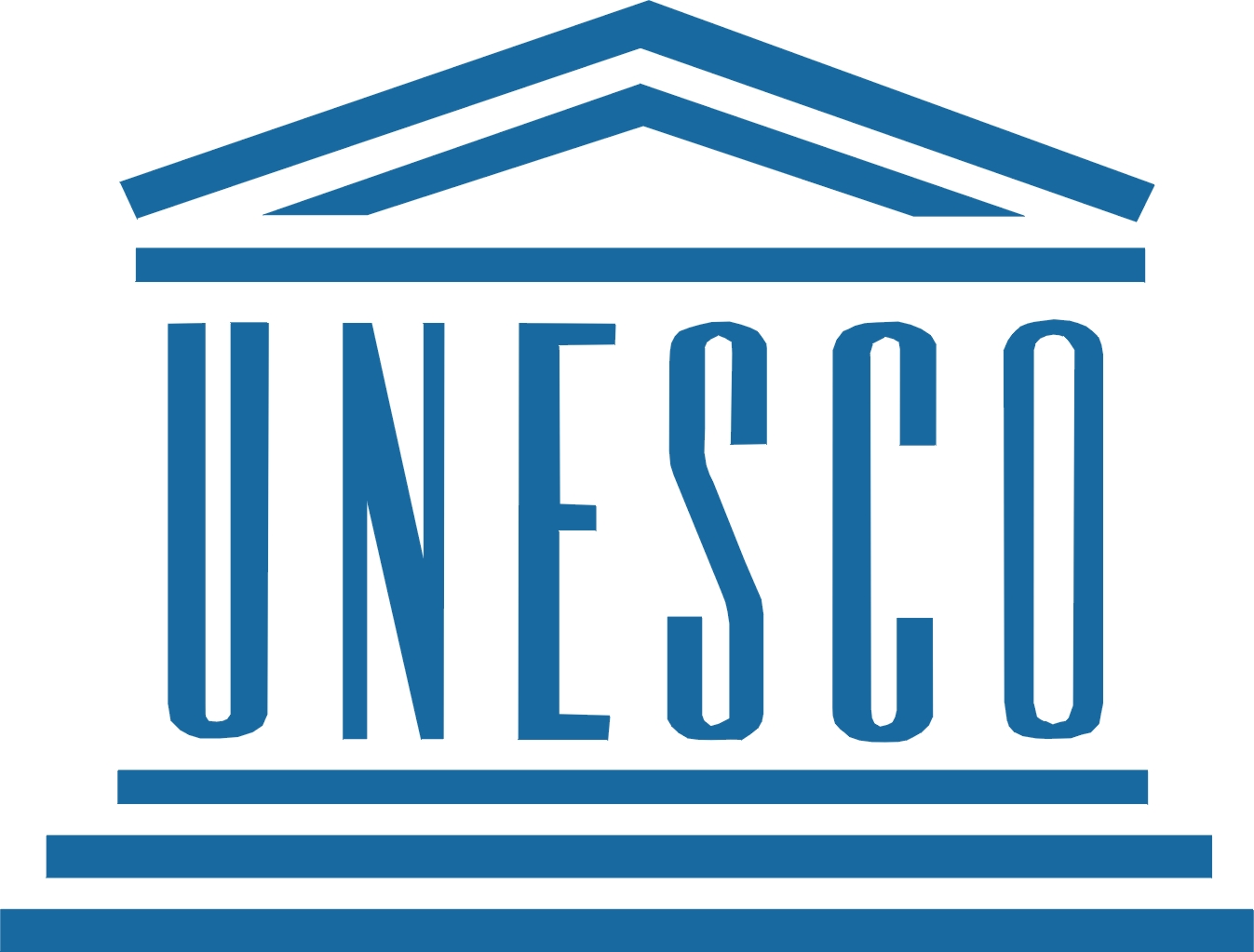
By Peter Dankmeijer
Although there remains a lot of discussion and resistance on the global level, the recognition that LGBT people do have human rights is on the rise. In the European Union, there is progress on employment rights, the recognition of same-sex marriage and even trans* rights. However, a notable laggard in this list is the right to education. Until three years ago, almost no diplomat on the global level dared to talk about LGBT rights in education.
When I raised LGBT issues for the first time in the global UNESCO conference on education in 2008, representatives were shocked and did not respond at all. Only in the corridors some "allies" whispered how courageous such an intervention was, because sexual diversity was such a "very sensitive subject."
International bodies are extremely reluctant to discuss the content of education. What we actually teach children is considered to be a cultural or local issue and therefore, a prerogative of national governments and local authorities. This is called the principle of subsidiarity. When international bodies discuss gender, race or the rights of local ethnic communities, subsidiarity usually plays no role. Ultimately, the purpose of human rights is to secure rights for minorities and to protect them from annihilation and discrimination. Except in the case of LGBT people.
However, despite these two challenges, the taboo was broken around 2010. The Global Alliance for LGBT Education (GALE) managed to become a consultative partner of UNESCO. In addition, an analysis of the AIDS crisis showed that the pandemic can only be stopped significantly when criminalization of same-sex relations and homophobia are eradicated.
UNESCO Looks at Anti-Gay Bullying
Even UNESCO dared to start a small "technical" consultation on anti-gay bullying in schools. The focus was on bullying and violence to avoid the impression that UNESCO would interfere in the principle of subsidiarity and that it would make recommendations on the contents of education itself.
The results of the global UNESCO consultation on anti-gay bullying were published as a report containing information and some technical recommendations. The global bullying report is by now one of the most translated and disseminated publications of UNESCO. This is due to the enthusiasm of LGBT organizations and of some governments who have embraced the report. But UNESCO itself does not publicize this success. It is probably too risky politically.
The current strategy is to conduct research and collect data about anti-gay bullying. With these facts, UNESCO will organize a high level (ministerial) conference in 2016. It is hoped that ministers of education will be moved by the research results to draft and adopt a resolution against anti-gay bullying in schools.
Increasing Visibility of a Problem, But Is It Enough?
Both UNESCO and GLSEN focus on this global research strategy. They hope that solid facts will expose the need for change. The big question remains whether facts about discrimination will change people's (including ministers) hearts and minds about improving the right to education for LGBT students. In the Netherlands, where I live, there was 20 years of research on LGBT discrimination in schools without any significant effect on politics or the education sector.
In some cases, the increasing visibility of LGBT in international human rights has even led to a backlash in education policies. A trending development are the censorship laws of a series of governments in Eastern Europe, which label balanced human rights education as "propaganda for nontraditional lifestyles.” These laws do not only forbid any adequate human rights education, but also are used to generally suppress any visibility of LGBT expressions, like prides, websites and magazines and provide a license for violence used by Nazi-like anti-gay gangs.
There is some research showing that recklessly promoting visibility and coming-out may lead to more resistance rather than to acceptance. Some authors point out that LGBT visibility in rather safe environments leads to even better acceptance of LGBT people, but visibility in hostile environments may lead to increased hostility and risks.
Focusing and Strategizing
As we look forward, there are key questions that need to be answered in the next decade.
How many resources do we need to spend on research and on visibility campaigns, and with what goals and impact? How do we win over the opinions, but especially the hearts of people in power? Should we focus on the anti-gay, or rather (like innovation experts advise) on the potential allies who are doubting whether or how they can support LGBT people? How do we effectively create alliances between LGBT and mainstream education stakeholders?
It is time we rethink our strategies. Learn more about the UNESCO report here.
Peter Dankmeijer (1957) was trained as a teacher, but works now as senior consultant on sexual diversity. He has a long history in developing and implementing sexual education, HIV- prevention, gay, lesbian, bisexual and transgender advocacy and consultancy for national and local authorities on these issues. Currently he is director of the GALE Foundation, which supports the Global Alliance for LGBT education, an international platform of about 800 educators. The GALE Foundation initiates projects that support the implementation of the right to education in schools, at the local and national levels. He is also director of EduDivers, a Dutch NGO focusing on education and sexual diversity. In the Netherlands, EduDivers develops resources and implementation projects, works closely with the Dutch government and NGO’s, and trains teachers and volunteer educators.
2 April 2015, p.dankmeijer@gale.info
This is part 6 in a short blog series about LGBTQ histories and experiences in different countries. Read the series introduction, Part 2: Singapore, Part 3: Mexico, Part 4: Norway, and Part 5: Scotland.
Add new comment